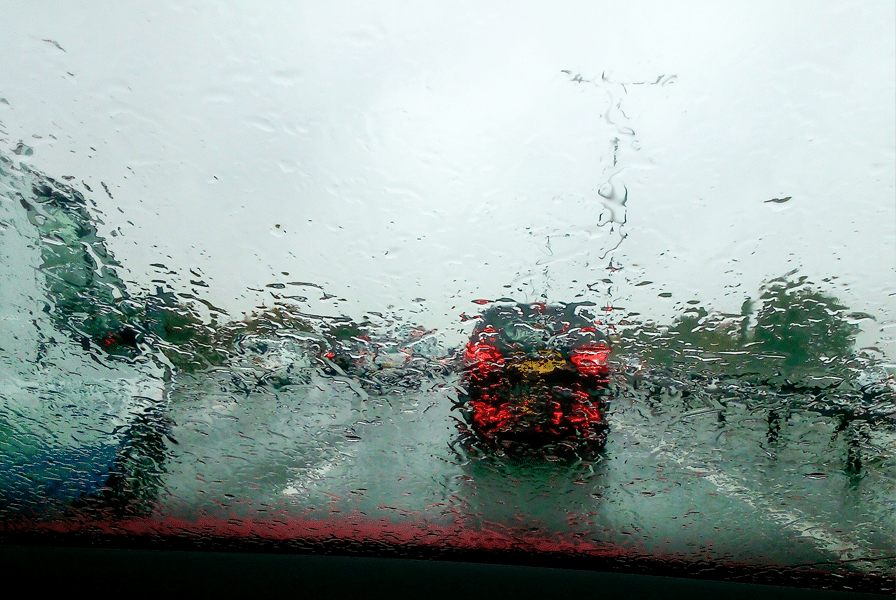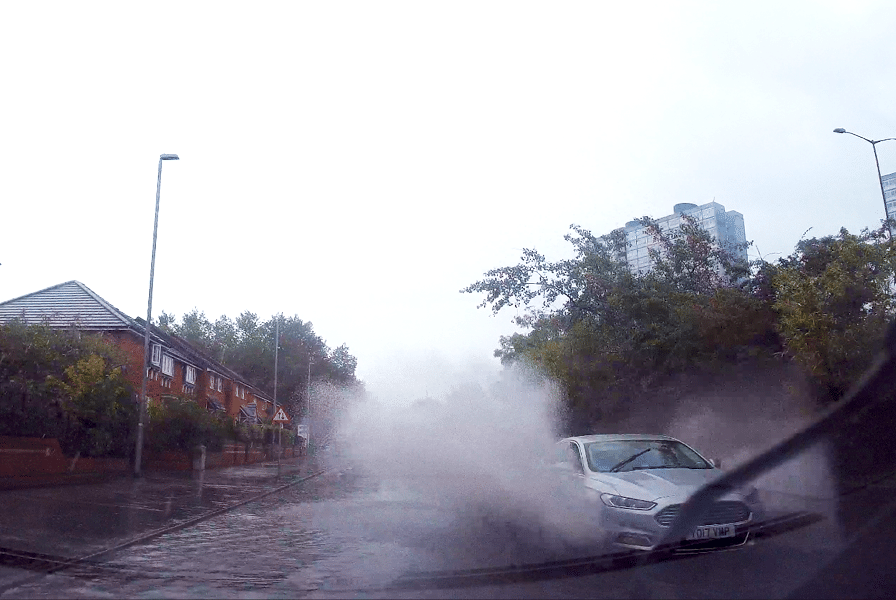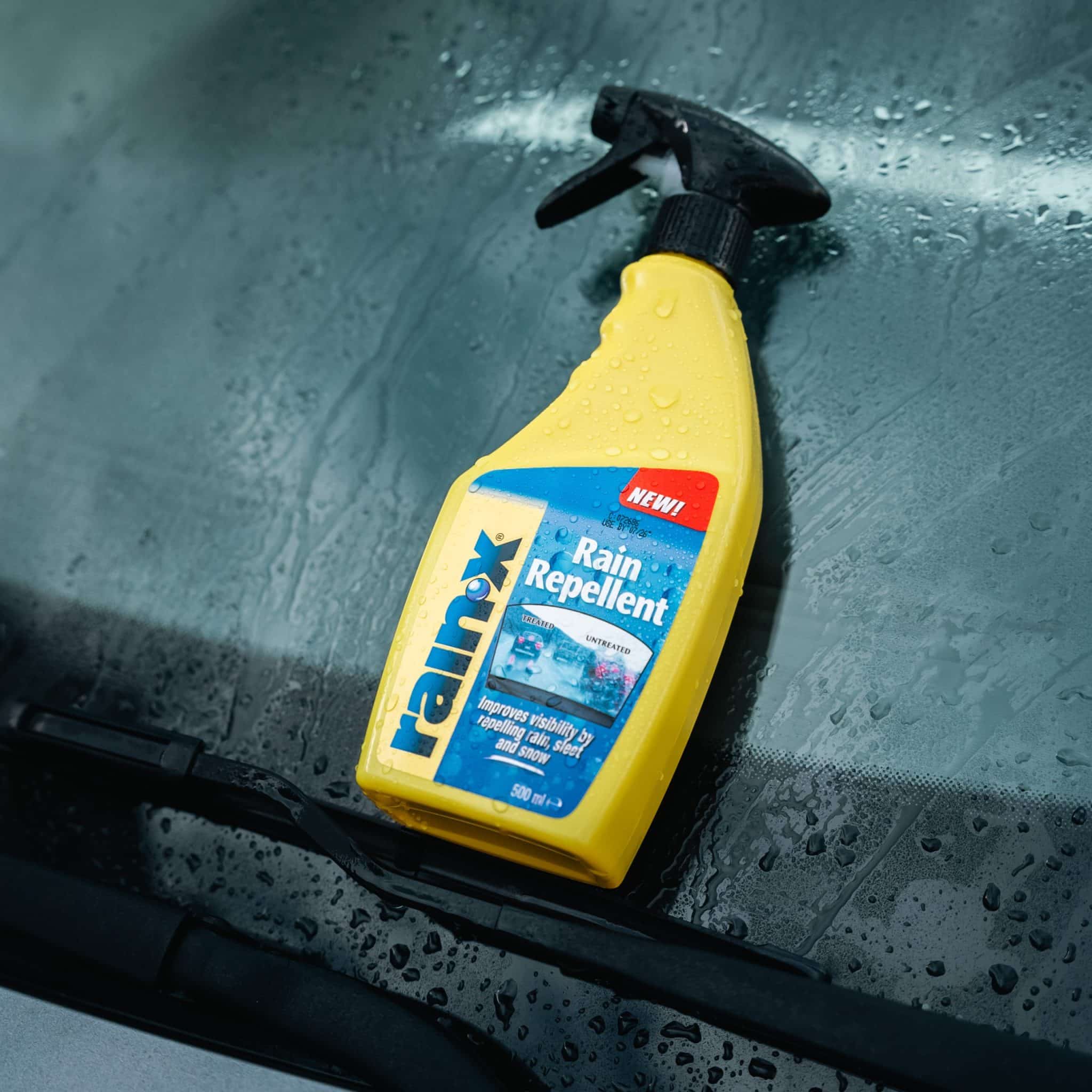
As we navigate through the famously unpredictable British summer, one thing is certain: rain is almost always on the horizon. Driving in wet conditions can be challenging, but with the right preparation and techniques, you can ensure your safety and that of others on the road. Here’s a comprehensive guide to driving safely in the rain.
Wiper Maintenance
Your windscreen wipers are your first line of defense against rain, ensuring you maintain clear visibility. Regularly check your wiper blades for signs of wear and tear. If they are leaving streaks or making noise, it’s time to replace them. In heavy rain, efficient wipers can make a significant difference in how well you see the road ahead.
rainX and Other Water Repellents
In addition to maintaining your wipers, consider using a product like rainX on your windows. rainX creates a hydrophobic coating that causes water to bead up and roll off your windscreen, improving visibility. While it may make you feel like you’re aboard the Starship Enterprise at light speed due to the way the water beads off, it significantly enhances your view in heavy rain and reduces the need for wipers at higher speeds.
Tyre Tread and Pressure
Good tyre tread is crucial for maintaining grip on wet roads. The legal minimum tread depth in the UK is 1.6mm, but for optimal safety, especially in rainy conditions, aim for at least 3mm. Adequate tread helps disperse water, reducing the risk of aquaplaning. Additionally, ensure your tyres are properly inflated according to the manufacturer’s guidelines, as under-inflated tyres can decrease traction.
Understanding Stopping Distances
Stopping distances increase significantly in wet weather. On a dry road, the stopping distance at 60mph is approximately 73 metres. In the rain, this can double. Always maintain a greater distance between you and the vehicle in front to give yourself ample time to react to sudden stops. A good rule of thumb is to double the normal safe distance you would keep on dry roads.
Visibility
Visibility can be severely reduced in heavy rain. Alongside using your wipers, ensure your headlights are on to increase your visibility to other drivers. In extreme conditions, switch on your fog lights. However, remember to turn them off once visibility improves to avoid dazzling other drivers.
Spray from Other Vehicles
Large vehicles like lorries and buses can create a significant amount of spray, which can temporarily blind you. If you find yourself behind one of these vehicles, increase your following distance and use your windscreen washers to clear your view if necessary. When overtaking, do so quickly and safely to minimise the time spent in the spray zone.

The First Rainfall Effect
The first bit of rain on dry tarmac is often the slipperiest. This happens because the rain mixes with oil and other residues on the road surface, creating a slick layer. When you first notice the rain, reduce your speed and increase your following distance immediately. Being cautious in these initial moments can prevent accidents caused by sudden slips.
Avoiding Aquaplaning
Aquaplaning occurs when a layer of water builds up between your tyres and the road surface, leading to a loss of traction. If you feel your car starting to aquaplane, do not brake or steer suddenly. Instead, ease off the accelerator and let the car slow down naturally until the tyres regain contact with the road.
Planning Your Journey
If heavy rain is forecast, consider whether your journey is necessary. If it is, plan your route to avoid flooded areas and leave with extra time to account for slower traffic and potential delays. Listening to local traffic reports can also help you stay informed about any road closures or significant hazards.
Using Your Car’s Features
Modern cars come equipped with various features designed to help in wet conditions. Familiarise yourself with your vehicle’s anti-lock braking system (ABS) and electronic stability control (ESC). Both systems are designed to help you maintain control during sudden stops or when skidding.
Driving in the rain requires a combination of preparation, caution, and awareness. By maintaining your vehicle properly, understanding how wet conditions affect driving dynamics, and adjusting your behaviour accordingly, you can navigate the British summer’s rainy days safely. Stay vigilant, drive slowly, and always prioritise safety over speed.
By following these tips, you’ll be better prepared to handle wet roads and ensure that you, your passengers, and other road users stay safe during the rainy season.












